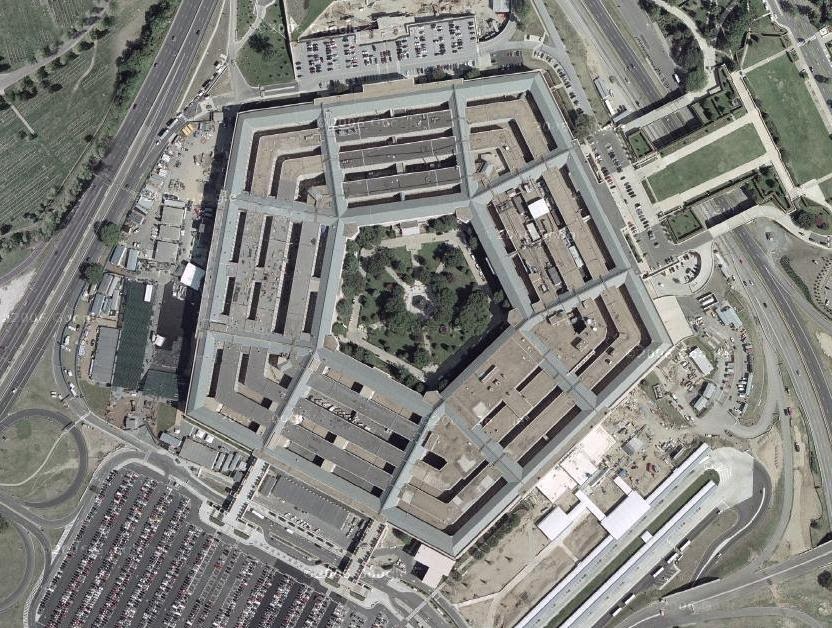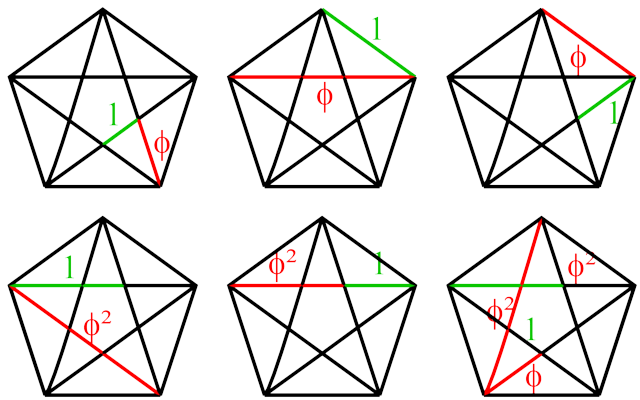We're going to begin with different calculations about the golden number. First, you have to know that the golden number is a ratio. You'll see that this parameter will have an importance after. It can be defined with two numbers, a and b, such as :
The value of the golden number is :
The golden number has some properties that no-one has, like :
You'll see that we can find this number in a lot of architectures : the CN Tower is a great example of the omnipresence of this number.
The CN Tower
Built in 1976, the CN Tower is the Canadian's national Tower, and the emblem of Toronto. It's a very tourist place, because it's the third tallest tower and the second self-supporting tower in
the world. "self-supporting" means that it's an architectural structure whose stability is due only to its shape. It's also one of the seven wonders of the modern world (just with architectures which are built during the XXIth century). Furthermore, the
CN Tower was built with the proportions of the golden number.
In the CN Tower, it appears with :
In fact, we approach the ratio :
Here, it's equal to 1.58. We agree that it's not exactly the value of the golden number, but the difference is minimal.
Calculations
There are many calculations which exist to calculate the golden number. We're going to make you discover the most important ones.
With the formula : (1/x)+1
As the calculus progresses, the result will be more precise and it approaches the golden number. In each step, x is equal to the result of the previous calculation. The first value of x can be any value.
For example, if we begin with x is equal to 2 :
- ( 1/ 2 ) + 1 = 1,5
- ( 1 / 1,5 ) + 1 = 5/3 ≈ 1,6666
- ( 1 / 5/3 ) + 1 = 1,6
- ( 1 / 1,6 ) + 1 = 1,625
It can also be put in practice thanks to continued fractions, which is finally the same calculation. It also prove that the beginning number is the one we want : this number would be on the bottom right, and you can see that the continued fraction is always equal to the golden number
With the Fibonacci sequence
1. Explanations with "rabbits"
Leonardo Pisano, nicknamed Fibonacci, was one of the most famous mathematician of the beginning of the 13 century. He discovered in particular the Fibonacci sequence, which he explained with the problem below : if we put out a pair of rabbits in a place surrounded by a wall, how many pairs of rabbits can be produced in a year, if it's supposed that every month each pair produces a new pair which can breed from the second month ?
In fact, the Fibonacci sequence is the number of pair of rabbits in each month. So, it's begin with : 1 ; 1 ; 2 ; 3 ; 5 ...
2. Explanations with calculations
There is an other explanation for this problem, with calculation. We find this sequence when we add a number with the one before it. We must start with 1.
- 1 1
- 0 + 1 = 1 1
- 1 + 1 = 2 2
- 1 + 2 =.3 3
- 2 + 3 = 5 5
- 3 + 5 = 8 8
- 5 + 8 = 13 13
So, the Fibonacci sequence starts with 1 ; 1 ; 2 ; 3 ; 5 ; 8 ; 13 ; 21 ; 34 ; 55 ...
There is a link with the golden number : if you divide one number of the sequence by the
number before it, you obtain an approximate value of the golden number.
- 3 / 2 = 1.5
- 5 / 3 = 1.666
- 8 / 5 = 1.6
- 13 / 8 = 1.625
The bigger value of the Fibonacci sequence we use, the better approximate value of the golden number we obtain.
The Epidaurus Theatre, built 1700 years before Fibonacci, is the best preserved theatre of the Ancient Greece. He was constructed with 13 stairs, 21 rows in the superior half, and 34 in the inferior half. In total, the Epidaurus Theatre is composed of 55 rows.
This numbers are consecutive numbers in the Fibonacci sequence.
We can emit the hypothesis that when constructors of the Epidaurus Theatre built it, they researched something harmonious, and came by chance across the Fibonacci sequence.
The Cheops pyramid
We can find the golden number in an other architecture : the Cheops pyramid.
Ancient Egypt is the period of gorgeous construction : the Great
Sphinx of Giza, the pyramids... But let's focus on one of them : the
Cheops pyramid (or Great pyramid), one of the seven Wonders of
the world. It would have taken 30 years and 100,000 slaves to have built
it. It would have taken over 2,300,000 blocks of stone with an average
weight of 2.5 tons each. We hardly imagine how much work was
involved.
Calculation :
First, you have to know that the pyramid has a square base.
The link with the golden number can be seen in the picture presented below.
To calculate, we have to use 3 constants.
- "h", which is the height of the pyramid (481,5 feet)
- "s", which is the half of one side of the base (378 feet)
- "a", which is the apothem, or the slope from the summit to the half of the base (612 feet)
The Pyramid has got a square base, and h is its height. It means that h is perpendicular with the base of the pyramid, so with s. That's why the triangle in yellow is a rectangle triangle (the angle between h and s measures 90° ). So, we can use the Pythagorean theorem :
Thus, we can found the golden number in the Cheops pyramid.


























